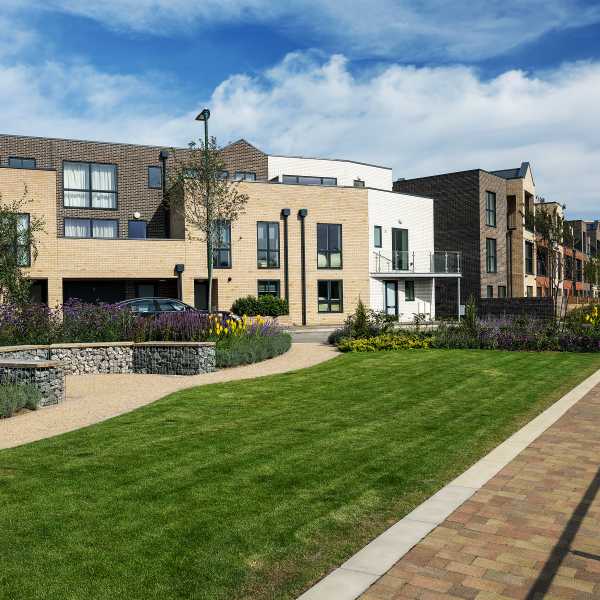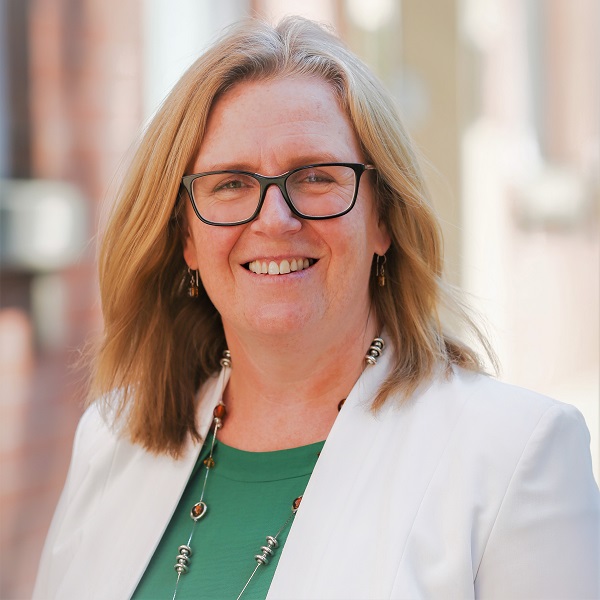Unlocking Brownfield Land
It’s estimated that brownfield land that is considered suitable for housing development has the capacity to support at least one million new homes. Our Chief Executive, Sam Veal, looks at the benefits and challenges of developing brownfield land for housing.
Unlocking brownfield sites for housing development is one of the most progressive solutions to the housing crisis. Latest research from the Campaign for Rural England revealed there are more than 17,000 brownfield sites identified by local planning authorities, covering over 28,000 hectares of land. That’s enough space to deliver at least one million new homes across the country.
At Blueprint, we are genuinely passionate about sustainable homes and land use; everything we do is geared towards creating homes fit for the future whilst bringing often neglected land back into use. Brownfield is that land – typically well located with existing strong infrastructure and close to city centres, with the right approach these sites offer real opportunity to provide positive mixed communities, reduce reliance on the car and introduce more green space at the city edge.
Developing brownfield land for housing does have some unique challenges and the reason why many sites are not being fully utilised is complex. The introduction of the Housing Infrastructure Fund and the Land Hub by Homes England is helping both unlock sites and bring publicly owned sites to the market. This is a positive and welcome move. Councils too play a critical role in bringing forward brownfield land using both their statutory powers and their strategic oversight to support the revitalisation of an area. The key to success is partnership working, bringing together national agencies Like Homes England, Local Authorities, the LEP’s, the Business Community and developers fully committed to regeneration, like Blueprint.
The key barriers to developing brownfield sites centre on ownership and viability. Complex land ownership structures can make land assembly difficult. It has been estimated that 20% of brownfield land is in unknown ownership and the lack of accurate land ownership information exacerbates this problem. Sites such as Nottingham Waterside where we are building our Trent Basin development also have a variety of existing uses which have impacted on the site and which need to be addressed in bringing forward new neighbourhoods. The required investment in remediation and infrastructure can be significant – the demolition of existing buildings, removal of contaminated soil (from previous industrial uses), importing new soil and the re-engineering of services and utilities for future residential occupiers. More public funding is needed to contribute towards these upfront remediation and infrastructure costs to help unlock brownfield sites.
Unlocking brownfield isn’t just about erasing the industrial past (or present) of an area, it is important to respect the history and to find ways to regenerate areas which do not rely on wholesale movement of existing light industrial uses, some relocation is needed but with the growth in demand for maker spaces and the circular economy there are opportunities to work with and support new business ventures which add to the overall economic health of a place.
Public perception can be another concern especially if a site or an area has a long established prior use.
The key to overcoming these concerns is the investment in proper place making. At Blueprint, our focus is delivering great places, great for people and great for the planet. We work to create places where communities thrive, where people want to live, work and socialise, building houses is only part of the picture.
Our developments put the emphasis on people, we give pedestrians priority over the car, think carefully about how streetscapes, landscaping and layouts create pleasant journeys through the neighbourhood. We believe that by taking a bespoke approach and paying close attention to the fabric and identity of the places we create, harnessing the history of the site and working closely with the people in our communities our projects deliver the conditions necessary to support cohesive and sustainable communities.
All of our residential developments have been on brownfield sites, from Green Street in the Meadows in Nottingham to Trent Basin on the banks of the River Trent. We believe we are leading the way for developers in the Midlands and setting a precedent by demonstrating that brownfield may be harder to access but is certainly worth the effort. Our end results are extremely popular with buyers, showing that doing things differently and taking a risk with unloved pieces of land by turning them into new neighbourhoods pays off.
This is the Blueprint solution to tackling the housing crisis locally and while only one approach among many solutions, is proving a success in the Midlands and is gaining traction. We will continue to take forgotten land and turn it into the communities of the future and we hope more developers start to follow suit!

